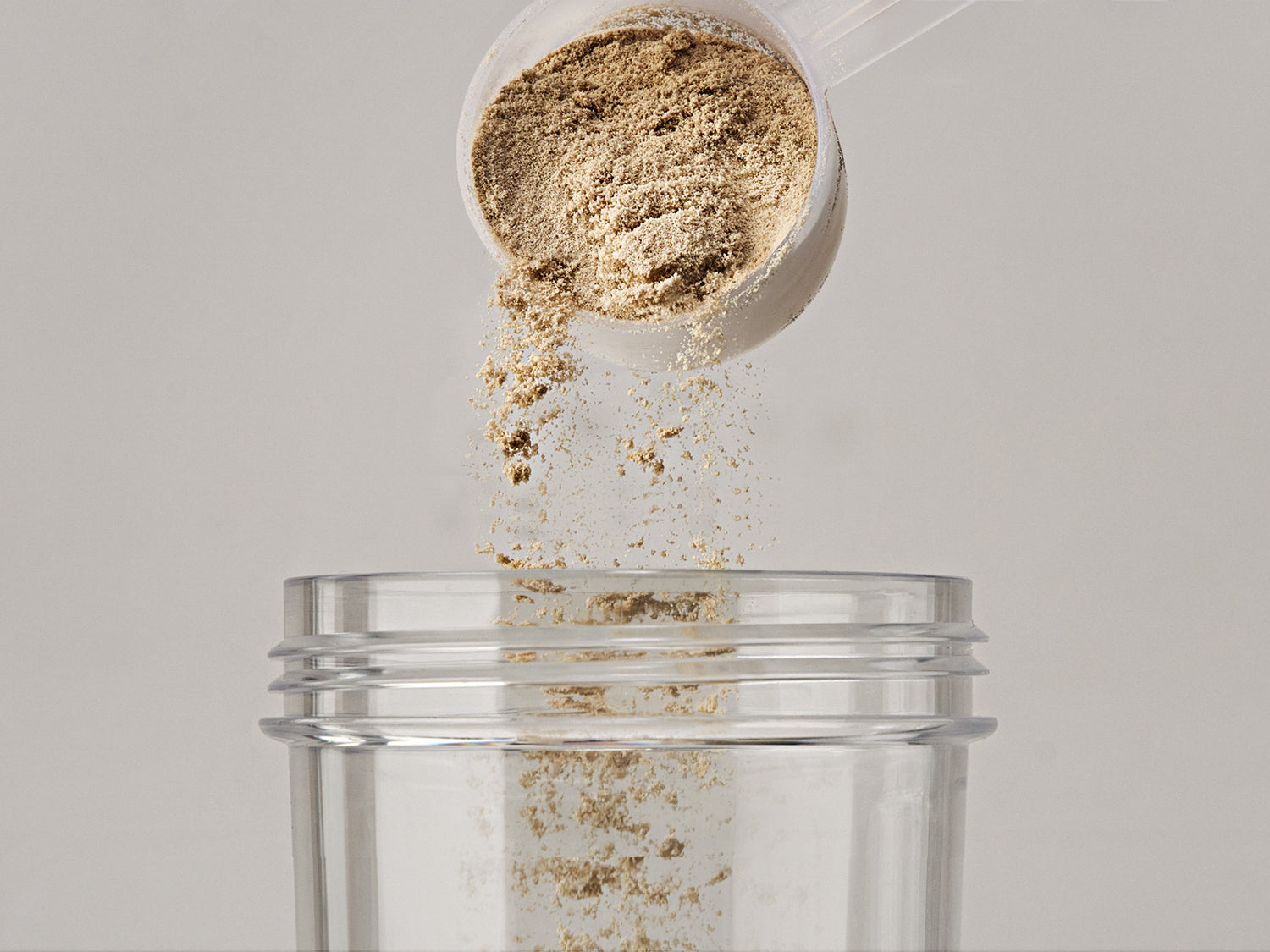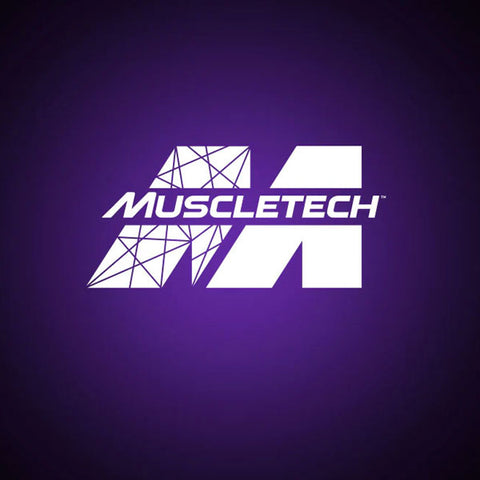By MuscleTech Coach John Porter Jr.
One of the great quotes from the bodybuilding community goes like this:
“Everybody wanna be a bodybuilder, but nobody wanna lift no heavy ass weight.”
One of the best exercises to accomplish the heavy-weight part is the deadlift. Outside of the many benefits of that exercise, it’ll turn you into a badass.
But it’s not an easy lift and one of the most difficult portions of the deadlift is the top half; the top of the kneecaps to lockout. Many powerlifters have failed to score their biggest lift because of it.
Bodybuilders fall short of the hypertrophic benefits they’d get if they could just lift that weight. And of course, for our novice athletes, because of the breakdown in technique, they run a risk of injuring themselves and setting themselves back days if not weeks.
Table of content
Enter the Rack Pull!
The main objective of rack pulls is to address the limiting factor that separates a good lift from a bad one: the top half. Once we address the very thing that limits us, we can finally move past our limitations and elevate our gains to a whole new level.
What is a Rack Pull?
A rack pull is a strength training exercise similar to the deadlift but with a shorter range of motion. Instead of lifting the barbell from the floor, you elevate it by placing it on the pins of a power rack or on platforms. This adjustment allows you to lift heavier weights more comfortably and focus on the upper portion of the deadlift movement. The elevated starting position reduces strain on the lower back and targets the upper back, traps, and glutes more effectively.
Muscles Worked in the Rack Pull
The rack pull is a compound exercise that engages multiple muscle groups simultaneously, providing a comprehensive workout. Here are the primary muscles targeted by the rack/block pull:
1. Glutes: The gluteus maximus, medius, and minimus are primarily responsible for hip extension. They play a crucial role in lifting the barbell off the rack and stabilizing the hip joint throughout the movement.
2. Hamstrings: These muscles facilitate knee flexion and hip extension. They are heavily engaged in the initial phase of the movement, working in tandem with the glutes to lift the barbell.
3. Erector Spinae (Lower Back): The erector spinae muscles, also known as the paraspinal muscles, surround the spine and aid in its extension during the exercise. They are most active during the lower half of the movement.
4. Lats: The latissimus dorsi muscles help maintain back tightness, which is essential for protecting the spine throughout the rack pull.
5. Traps and Upper Back: The trapezius muscles and other upper back muscles are vital for keeping the shoulders aligned and ensuring a tall posture during the lift.
6. Forearm and Hand Muscles: These smaller muscles are crucial for gripping the barbell securely throughout the exercise.
7. Quadriceps: The quadriceps muscles are responsible for knee extension. While not the primary movers in the rack pull, they assist in straightening the legs during the lockout phase of the lift.
Here’s How To Perform the Rack Pull
- Set up in a power rack with the bar on the pins. The pins should be set to the desired point; just below the knees, just above, or in the mid thigh position. Position yourself against the bar in a proper deadlifting position. Your feet should be under your hips, your grip shoulder width, back arched, and hips back to engage the hamstrings. Since the weight is typically heavy, you may use a mixed grip, a hook grip, or use straps to aid in holding the weight.
- With your head looking forward, extend through the hips and knees, pulling the weight up and back until lockout. Be sure to pull your shoulders back as you complete the movement.
- Return the weight to the pins and repeat.
Also Read: Get Protein on a Budget
Programming
The rack pull can be added to your workout routine as a stand-alone exercise or a deadlift accessory, and I suggest performing them on the day you’re doing or would normally do deadlifts.
If your goal is simply to work on your total strength and deadlift PR and you’re using this on a dedicated day (when you’re not also deadlifting) do 5 sets x 3-5 reps of knee height rack pulls and rest 2-4 minutes between sets. If you’re after more muscle, bump up the reps 10-12.
If you’re adding them to a deadlift day, perform your deadlift first (start with about 65% of your one rep max for 5 reps, and work your way up to 85% of your max – but don’t max out.) Then add 4 sets of rack pulls at 6-8 reps at 80% of your max.
Not convinced?
Also Read: How to Train Like an Athlete?
Check Out the Benefits of Performing Rack Pulls:
-
Bigger Backside – rack pulls put slabs of muscle on your hamstrings, spinal erectors, quadriceps, and lower back muscles. If your goals is to develop that ultra-thick 3D physque, this will help by creating full hamstrings, erectors that look like 2 rows of rebar! Oh, and your quads get some work too in the lockout position.
-
Tuned Up Central Nervous System – In building strength, what good is extra muscle if the pathways from our CNS to the muscles aren’t created, fostered, and enhanced? Lifting heavy weight properly within rep & volume ranges relevant to building strength (Typically 1-6reps for 3-5sets) are recommended to drive that specific adaptation. The potential to PR in your deadlift will increase incrementally (or dramatically) depending on whether you’re a novice, intermediate or advanced strength athlete.
-
Improved Sports Performance – the setup of the Rack Pull is relevant to the posture/positions an athlete may be in. In Athletics, we have to train in posture and positions utilizing themes & principles relevant to our sport in order for what they do in the gym to carry over into the field, thus empowering performance.
- Set Up for Bigger Core Lifts – Rack Pulls can someone who is novice lifter and is unfamiliar with how to set themselves up for success during a traditional deadlift. The reasons can range from lack of mobility, or one’s ability to execute the deadlift in a safe manner. It can also get you used to handling bigger weights as you’ll be able to move more weight with a rack pull than you can with a conventional deadlift.
TL;DR
Rack Pulls: A Powerful Deadlift Variation
The rack pull is a variation of the deadlift where a loaded barbell is positioned on the supports of a power rack, typically just above or below the knees. To perform the exercise, grip the bar and extend your hips until you reach full lockout.
This exercise is particularly effective for developing pulling strength, making it beneficial for both athletes and recreational gym-goers.
Key Benefits of Rack Pulls
1. Enhanced Pulling Strength: Rack pulls significantly boost your pulling strength, which can translate to improved performance in various lifts and activities.
2. Reduced Injury Risk: By limiting the range of motion, rack pulls reduce the strain on the lower back, lowering the risk of injury.
3. Posterior Chain Development: This exercise targets the muscles of the posterior chain, promoting muscle growth in the back, glutes, and hamstrings.
Precautions for Performing Rack Pulls
1. Maintain Proper Technique: Ensure you use the correct form to maximize effectiveness and minimize injury risk.
2. Avoid Slamming the Bar: Control the bar when lowering it to avoid damage to the equipment and reduce unnecessary strain on your body.
Suitability for All Skill Levels
Rack pulls are suitable for trainees of all experience levels, from beginners to advanced weightlifters. They are also beneficial for individuals recovering from injuries, as the reduced range of motion is less taxing on the body.
Whether your deadlift has plateaued, you're new to deadlifting, or you're returning to lifting after an injury, the rack pull can be an excellent addition to your strength training routine.
Visit our Shop to Buy the Best Body Building Supplements
Read Our Top Read Content:




